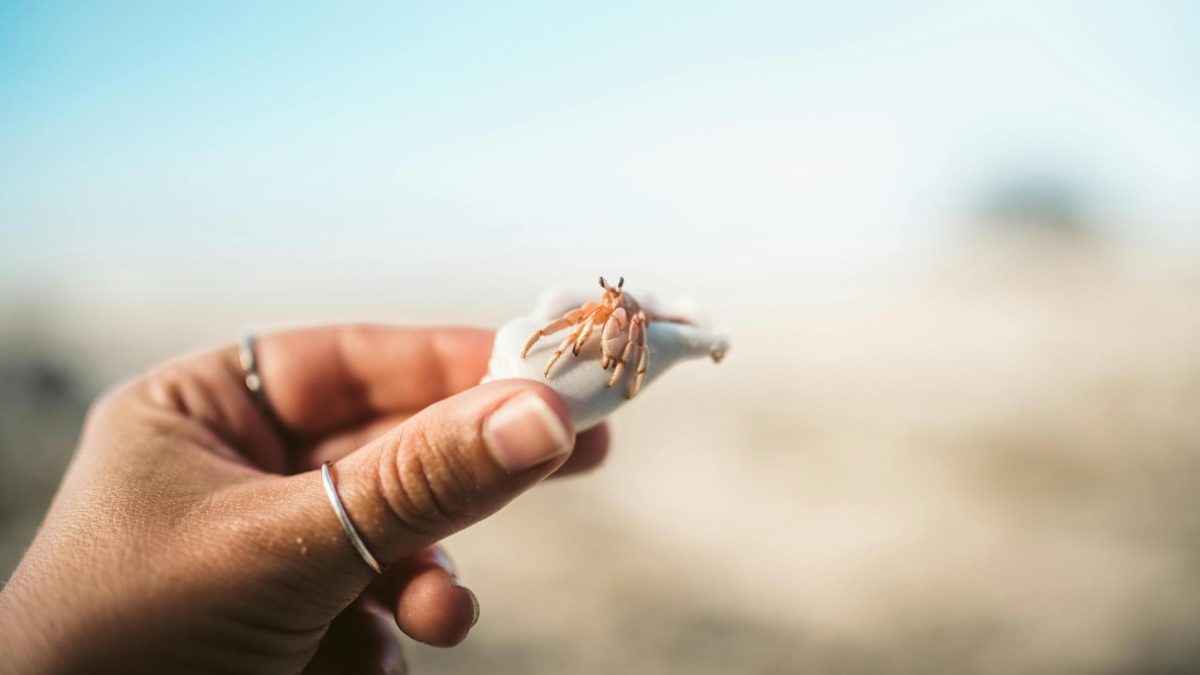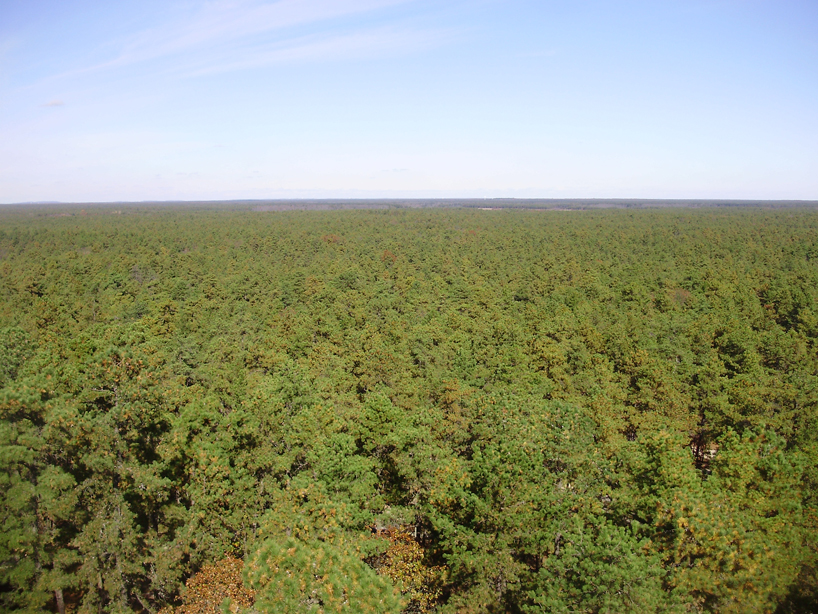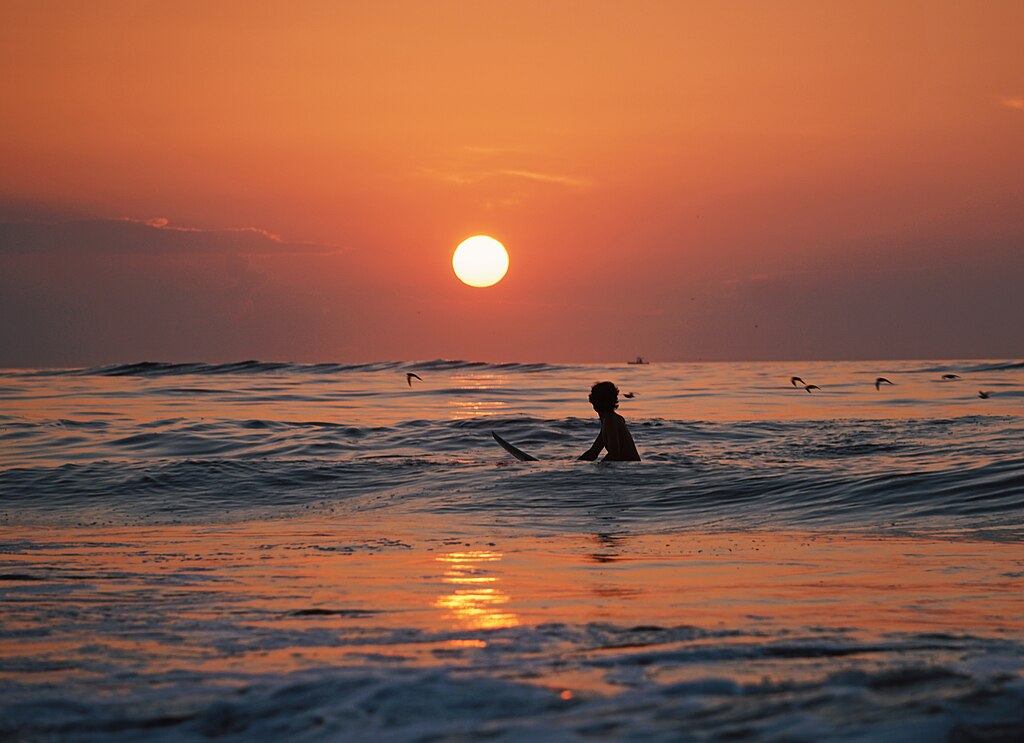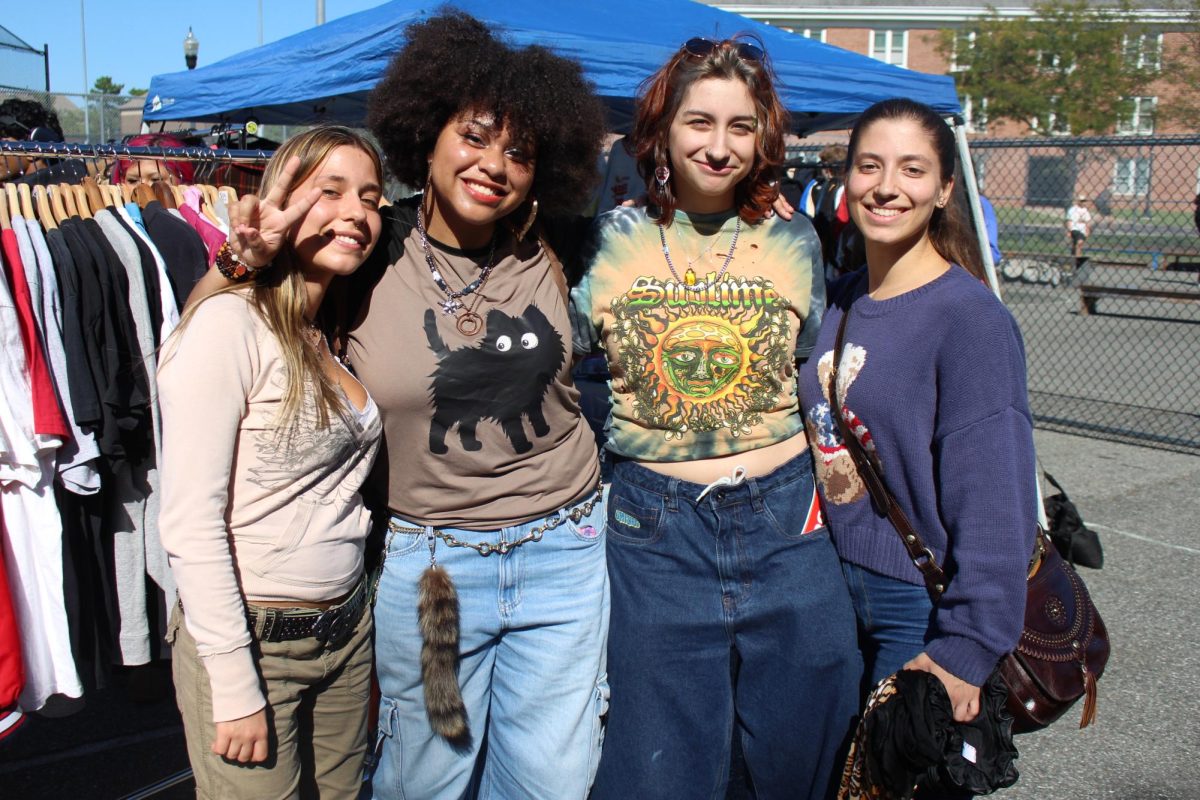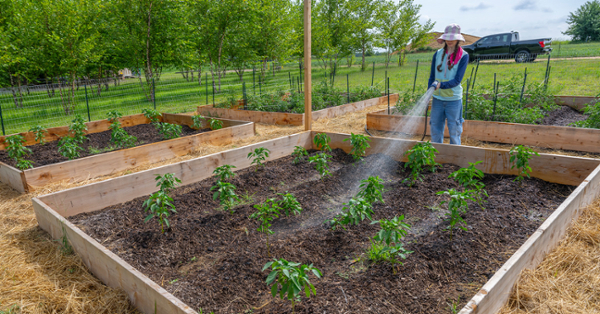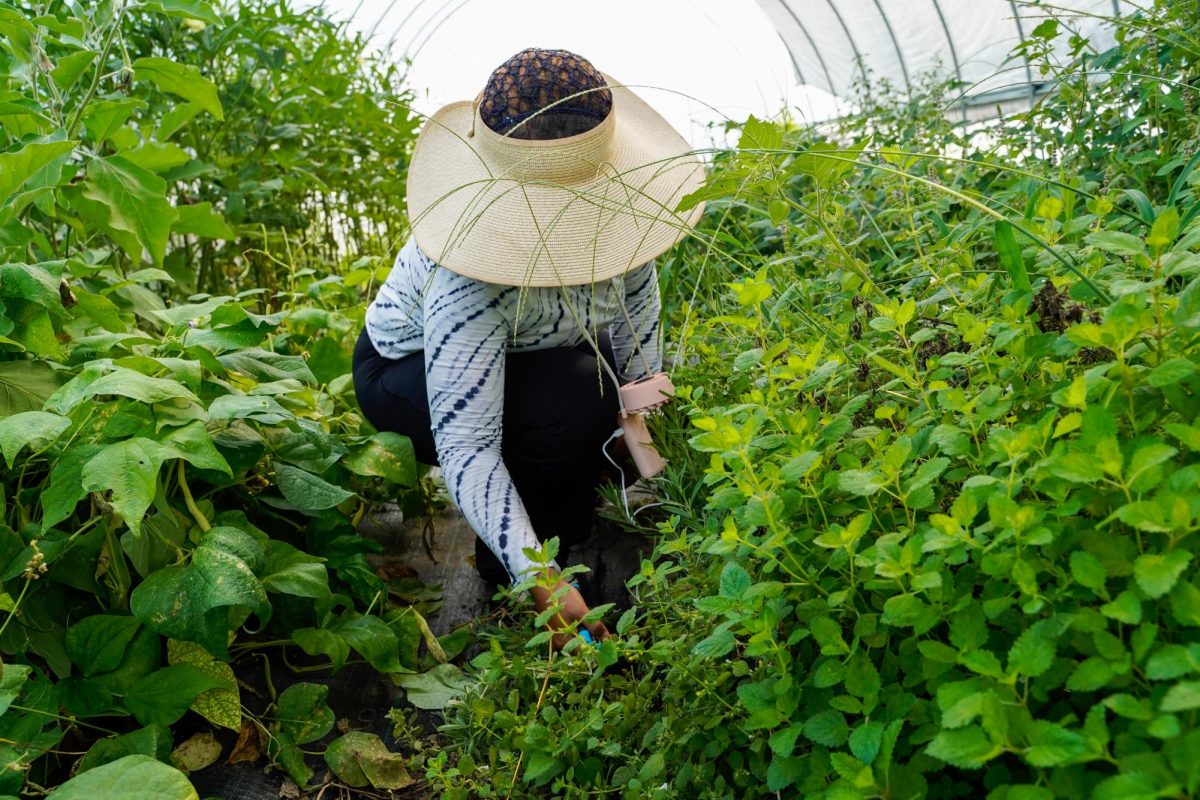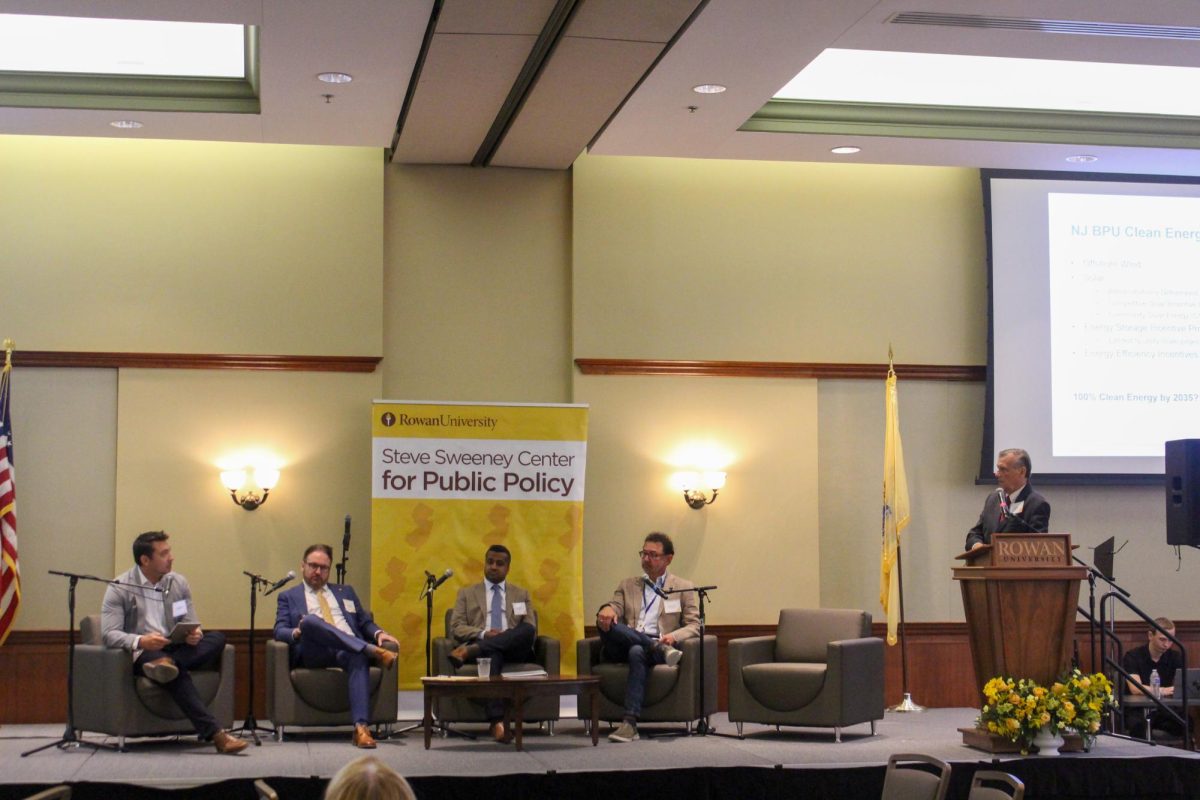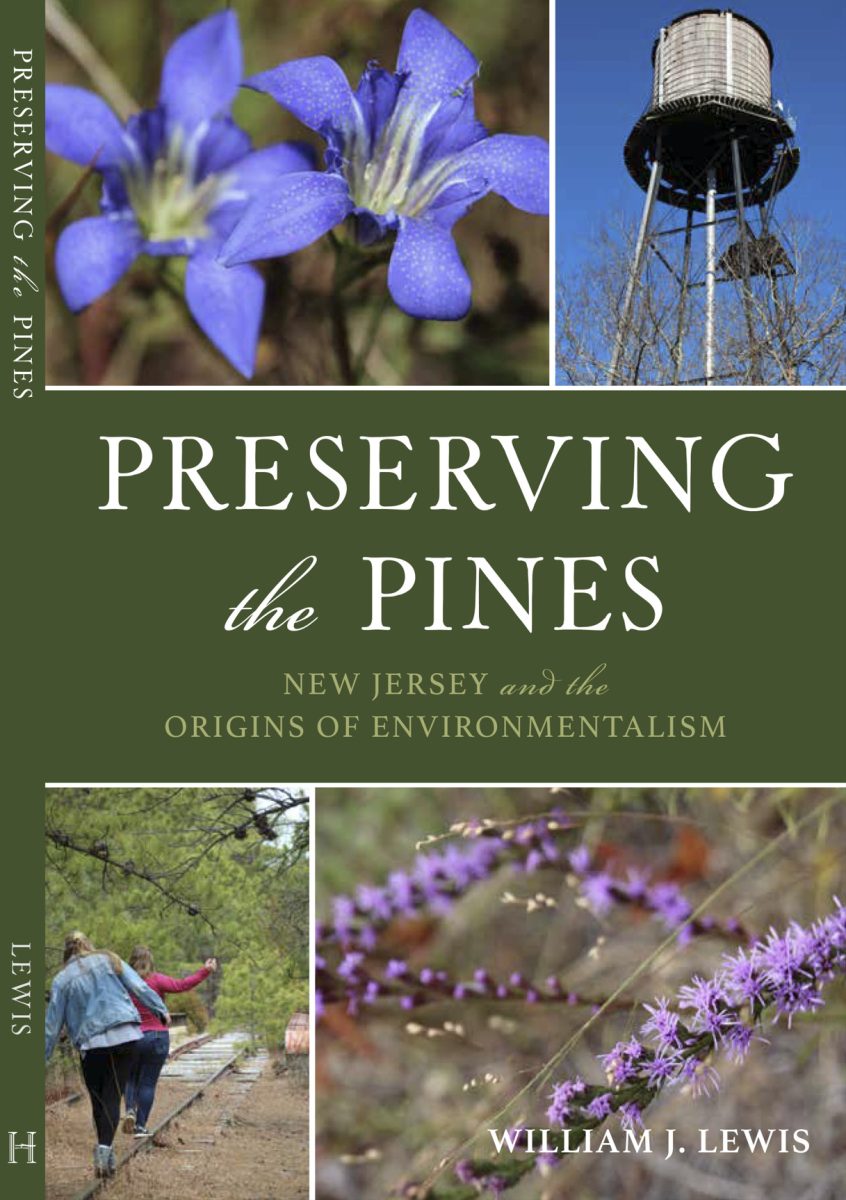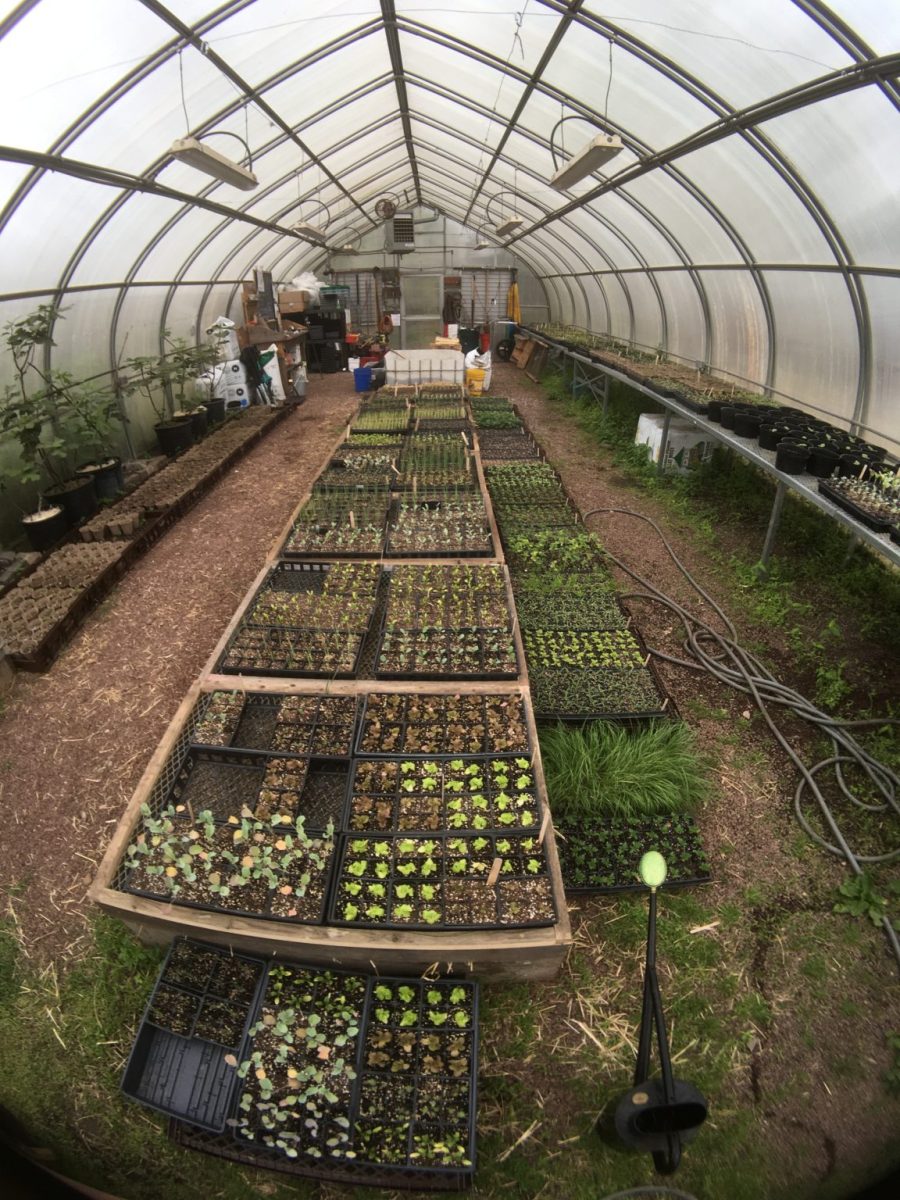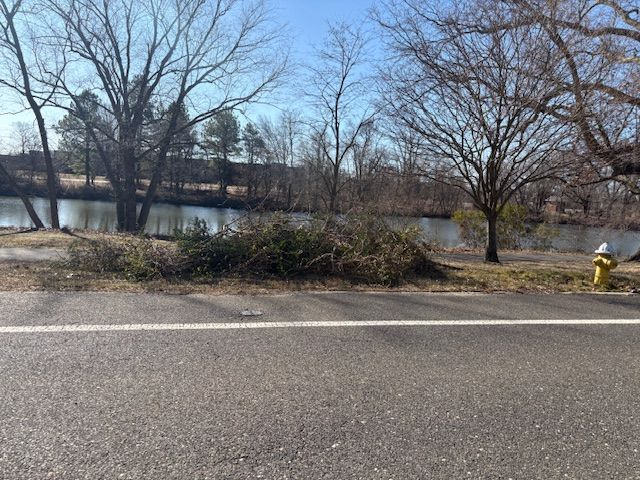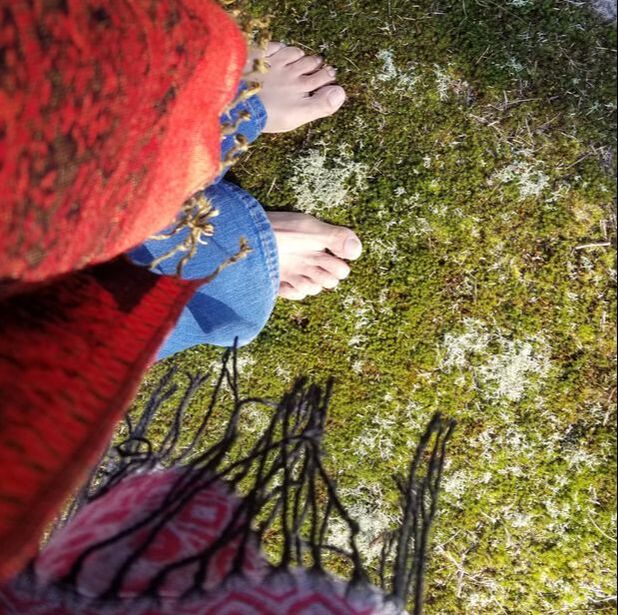“I’m a butterfly!” one young attendee called out, donning a bright orange monarch costume, the seaside wind blowing through her wings.
Despite gray skies and strong gusts of wind, spirits were high at the Monarch Festival in Cape May as the area filled up with people celebrating the beautiful butterflies and their migration south.
The annual Monarch Festival was held on Sept. 29 at the Nature Center of Cape May and is run by the Monarch Monitoring Project (MMP), an organization which has tracked the migration patterns of monarch butterflies moving south from Cape May since 1990. The group’s goal is to educate the public about the importance of monarchs, as well as conducting research projects to learn more about them. They run educational programs and do work to help conserve the dwindling population of the species.
“Research and education are two of our priorities,” said Kristal Stahler, a naturalist at New Jersey Audubon, the parent organization of the project. “So we conduct different research projects every year. For 30 years we’ve been studying monarch butterflies in Cape May Point.”
The project ran educational programs throughout the festival, teaching viewers about the life cycle of the monarchs, the spectacle of their migration, and even some fun facts about the species, like how they can taste with their feet. After each program, the guides demonstrate the tagging and release of a monarch butterfly.

Why are monarchs important?
The stars of the Cape May festival are not only beautiful, but play a key role in our ecosystem. Monarchs are pollinators, which are essential for plant life to grow and produce fruit and seeds. While bees are also vital pollinators, the long distances monarchs travel allows them to pollinate more species of plants than bees do.
“There’s no other real butterfly or pollinator that does the kind of journey that they do,” McDonough said. “So a lot of things like goldenrod are highly reliant on the pollination from Monarch butterflies during the fall.”
Goldenrod is also beneficial to the monarchs, giving them a steady source of food on their way south.
Cape May’s hot spot
Cape May acts as a perfect rest stop for monarchs coming from more northern areas. One of the most dangerous parts of their migration is the trip across the Delaware Bay, where they must fly nearly 13 miles (at the narrowest point) in order to continue south. Monarchs funnel into Cape May Point each year and utilize it as an area to rest and gain nutrients from its plentiful flora before making the treacherous journey across the bay.
“Monarchs will get concentrated down through the county and concentrate at Cape May Point like a funnel, which results in some phenomena during certain years when we have ideal weather where thousands of butterflies move through the dunes,” McDonough said.
Climate effects on monarchs
Monarchs are heavily affected by climate change, which can be seen by their shrinking migratory populations, dropping by 59% in 2024, according to the World Wildlife Fund. While the monarchs are not endangered, their migration is in danger of being compromised.
When monarchs migrate to Mexico they usually land in the mountains, cool enough for them to go into hibernation for the winter. However, warming temperatures at the mountaintops make this difficult, resulting in lower numbers of monarchs actually making the trip to Mexico to overwinter. The pattern also pushes the butterflies to migrate later in the year when it is colder, interfering with the usual pollination season for fall-blooming plants.
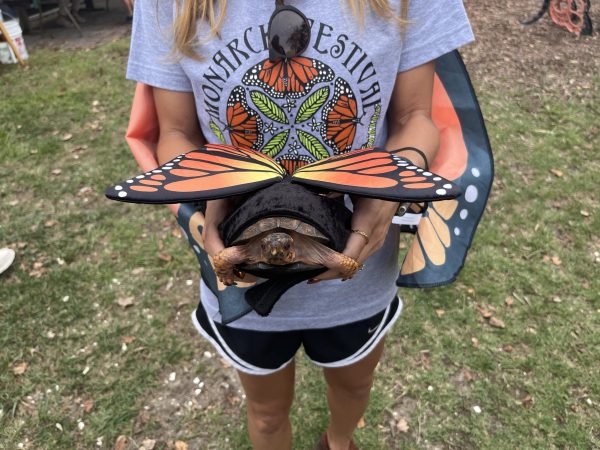
“Flowers like goldenrod that bloom during the fall, sync with their migration,” said McDonough. “By leaving later, they’re missing some of those key blooming periods, and there’s less food for them actually along their migration.”
According to a study published in Nature Ecology & Evolution, precipitation and temperature variations were seven times more harmful to monarchs in the last 15 years than other causes such as herbicides and overdevelopment of land. There is also less and less milkweed in the US, a plant that is essential for monarchs to lay their eggs, due to the use of pesticides on farms. According to a study in the journal BioScience, using pesticides in a farm can decrease the milkweed population by 68%.
Monarch tagging
Tagging allows groups like the MMP to track monarch migration by putting a sticker with a unique code on a monarch’s wing. If a tagged butterfly is found, people can report it through the Monarch Watch site, which will add to the data of migrating monarchs.
There are still many unanswered questions about the yearly migration of monarchs, and MMP aims to learn more about the patterns over a long period of time. Tagging butterflies can teach a lot about the way monarchs move and see how their movements have changed over time.
“It gives us a lot of intel on the general route that they’re taking, whether they’re more coastal, whether they’re following Appalachia,” said MMP Field Coordinator Jack McDonough. “Also in some more uncommon cases, we can tell how fast they’re traveling.”
Tagging also shows just how unique the migration of monarch butterflies is—they can sometimes travel up to 3,000 miles, the longest of any migratory butterfly. McDonough mentioned one example of a butterfly traveling nearly 200 miles in a single day, far beyond the usual 50-80 miles per day. Additionally, butterflies from past generations can pass down their migration patterns to their offspring, sometimes even coming back to the same tree their ancestors left from.
How can we help?
In order to preserve monarch butterflies on a large scale, McDonough suggests they be listed as an endangered species which would make them federally protected. He also wants to dedicate more space for maritime forests which would give a safe home to the monarchs, as well as banning the use of herbicides and pesticides which kill the insects.
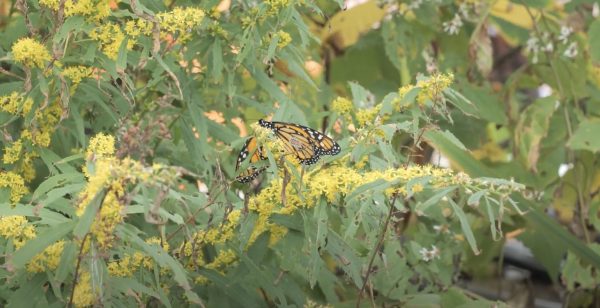
Stahler listed other ways to help monarch butterflies.
“One way is just educating yourself, going to programs or events that are in support of monarch butterflies,” she said. “You can also donate to the Monarch Monitoring Project and support our research directly.”
On a more local level, the best way to help the butterflies is to plant milkweed in your yard. Milkweed is the only plant on which the monarchs lay their eggs, making it vital to the monarch population. The MMP also gave out free packets of milkweed seeds during the festival for guests to plant and gardening pamphlets on how to grow them. Planting other native flowers such as goldenrods also helps them get the necessary nutrients to survive.
The monarch butterflies had an exciting going-away party in Cape May, and are now ready to continue south through the Delaware Bay and on to Mexico.
For more information about monarch butterflies and their migration, check out the Monarch Monitoring Project’s website.


